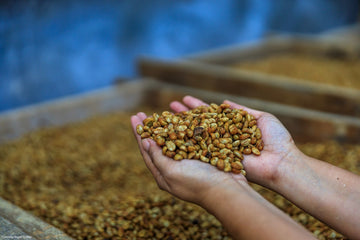Coffee Harvest Seasons and Availability
Recently a new customer sent me an email asking me why it is that when he finds a coffee that he loves, and returns to order more, that he discovers that it is sometimes gone and doesn't come back for a long time.
It hit me then that this is a question that we haven't addressed in an article on the website. It's actually a very common question, and when you don't know how coffee seasons work, it can be very frustrating!
Let's see if we can't take a complicated collection of ideas and break it down...
Yeah, It's Complicated

Coffee harvest seasons don't work exactly the same way as produce crops do in the US. Primarily, the reason for this is that coffee is an equatorial crop. Coffee grows best near the equator and at high altitudes. The other complicating factor is that coffee isn't really produce in the same way that cabbage, broccoli, strawberries, etc. is here in the US. Coffee is one of the few crops where we throw away the produce (the fruit of the cherry) and keep the seed that is inside.
SInce green coffee stores quite well, for a long period of time, before flavor is effected it is possible for some exporters to keep a steady flow of their coffee flowing even during lean times.
This is why it isn't entirely accurate to refer to coffee as a seasonal crop, at least in the same way we refer to seasonal produce here. When you harvest broccoli, you immediately have a freshness problem because that produce is going to start to spoil the minute it is picked. Not so with coffee. So, while it is very helpful to understand harvest seasons there will always be some noteable exceptions when it comes to supply.
Because of these factors, a coffee's harvest season lasts for several months, during the dry season of the year. Cherry will be picked several times over those months as they ripen. To make matters even more complicated, the coffee that is harvested over that period is usually of varying quality. Most often the coffee picked at the beginning and the end of the harvest season is of lowest quality, while what is picked in the middle point (when most of the coffee ripens at the same time) is best. But, remember, this is a crop that is effected by all kinds of things like how much rain fell and when, what is in the soil, what was in the fertilizer (often made by cows, so even what they ate effects your cup), if beetles and tree rust were present, even how much wind was hitting the trees as they produced the fruit, tsunamis, drought, etc. So, sometimes the first picking is the best! Or the last picking becomes a surprise.
Generally speaking, however, the coffee you buy that was picked mid-season will be the best tasting of the year. Cup quality will fade slightly towards the last of the season's production. Most of the time, this slow fade is not pronounced enough that you would notice, unless you are doing a side-by-side comparison. However, some more discerning palates will notice that the coffee that they get after we have had it on offer for a while is less intense than what they tasted when we first released it for sale in the year. This is a normal, and unavoidable fact of life.
Quite often, we won't purchase a coffee until it has reached that optimum mid-point in the harvest season. In fact, usually that decision is made by importers before we even have a chance at cupping it. We will then continue to purchase more until it either runs out, or in rare cases, when the intensity fades below what we are comfortable with.
You can keep up with this by paying attention to the "Arrival Date" in each of our coffee descriptions.
Remember this rule: in specialty coffee, there is always an exception to every rule.
Some coffee producing countries lie directly on the equator which allows them to harvest year around. (Read the above rule.)
Other farms and coops produce enough coffee to cover the entire year so that there is little to no interruption to the supply.
Processing, Resting and Shipping
It's important to understand that knowing the harvest season is only part of what effects when that coffee is available to you for purchasing. Coffee must be gently, carefully, and patiently handled after it is harvested. Once a coffee is dried, it should rest for a minimum of 30 to 60 days in its protective layer of parchment. Rushing this rest period will ruin the flavor potential of the coffee.
Then the coffee has to be bagged (often by hand), sold, and loaded onto shipping containers and put on boats for parts unknown. In the case of some of the remote, far away places that our coffees come from, this can take months.
Typical Coffee Harvest Seasons
These vary slightly from year to year, as you can imagine. The rainy seasons and dry seasons are somewhat predictable from year to year in these places, but some years run a little later due to an extended rainy season or a large storm late in the year.
Note that some seasons are much shorter than others, which obviously means that there is less coffee and you can usually expect prices to be a little higher.
Check out these great breakdown of typical Harvest Schedules from each country from one of our importers, Cafe Imports.

*Note: It can take 6 weeks to 2 months for coffee to start arriving in the states once harvested due to processing and shipping times.
It's a Miracle
Just looking at the harvesting and shipping side of things, it's a downright miracle that we can get the variety of specialty coffee that we do. Add to that all the things that happen from planting to harvesting and processing and it's mind boggling.
Soil quality, fertilizer, rain levels and timing, bugs, tree fungus, the skill of the pickers, the attention to quality control in processing, the skill of the sorters, etc are all elements that have the potential to ruin a great coffee. And this is all before you have a chance to kill it or bring it to life in your little home roaster!
Coffee is an amazing product effected by thousands of tiny variables. Next time you drink a cup of your home-roast, think about all the hands that were involved in bringing that 12oz beverage to your lips. It makes the experience all the more rich.






